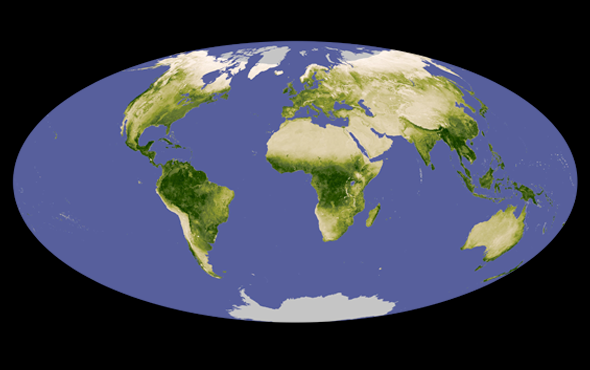COSTA RICA
Scientists found that meat-eating “vulture bees” have evolved more acidic guts that harbor acid-tolerant bacteria, similar to those found in vultures and hyenas, letting the insects safely consume carrion.
BRAZIL
Measurements over the past 40 years revealed that 77 Amazonian bird species lost 0.1 to 2 percent of their average weight each decade. Researchers suggest the birds may have adapted leaner shapes to cope with climate warming; 61 species also developed longer, more efficient wings.
GERMANY
Silver-studded blue butterflies naturally favor grassland habitats, but researchers recently found four times as many in active mining quarries than in similar-sized meadows. The insects lay their eggs on certain plants, which mining operations may help thrive by eliminating larger, competing vegetation.
RUSSIA
While analyzing DNA found in Siberian sediments, scientists discovered that mammoths survived there until around 4,000 years ago—much later than previously thought. This finding means humans may have coexisted with the beasts for thousands of years without overhunting them.
INDIA
Geologists found groups of rocks in India to be about 3.2 billion years old. The rocks consisted of sediments eroded from land, which suggests that large landmasses emerged from the sea more than half a billion years earlier than many researchers believed.
ZIMBABWE
Investigators recently determined the age of one of Africa’s most famous trees, a 25-meter-tall baobab named “Big Tree.” Because baobabs do not form regular tree rings, scientists analyzed Big Tree’s carbon decay to determine it was an impressive 1,150 years old.

